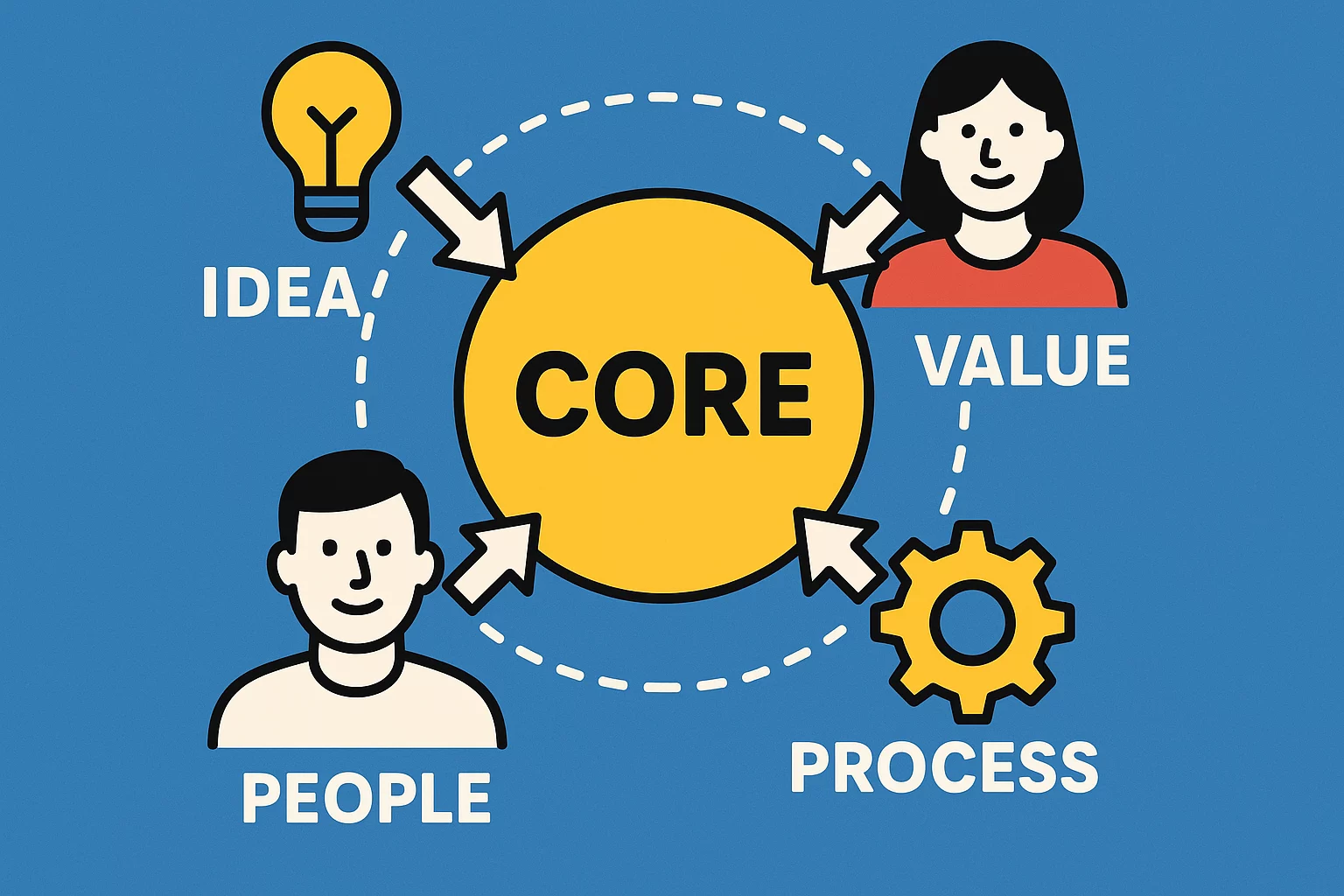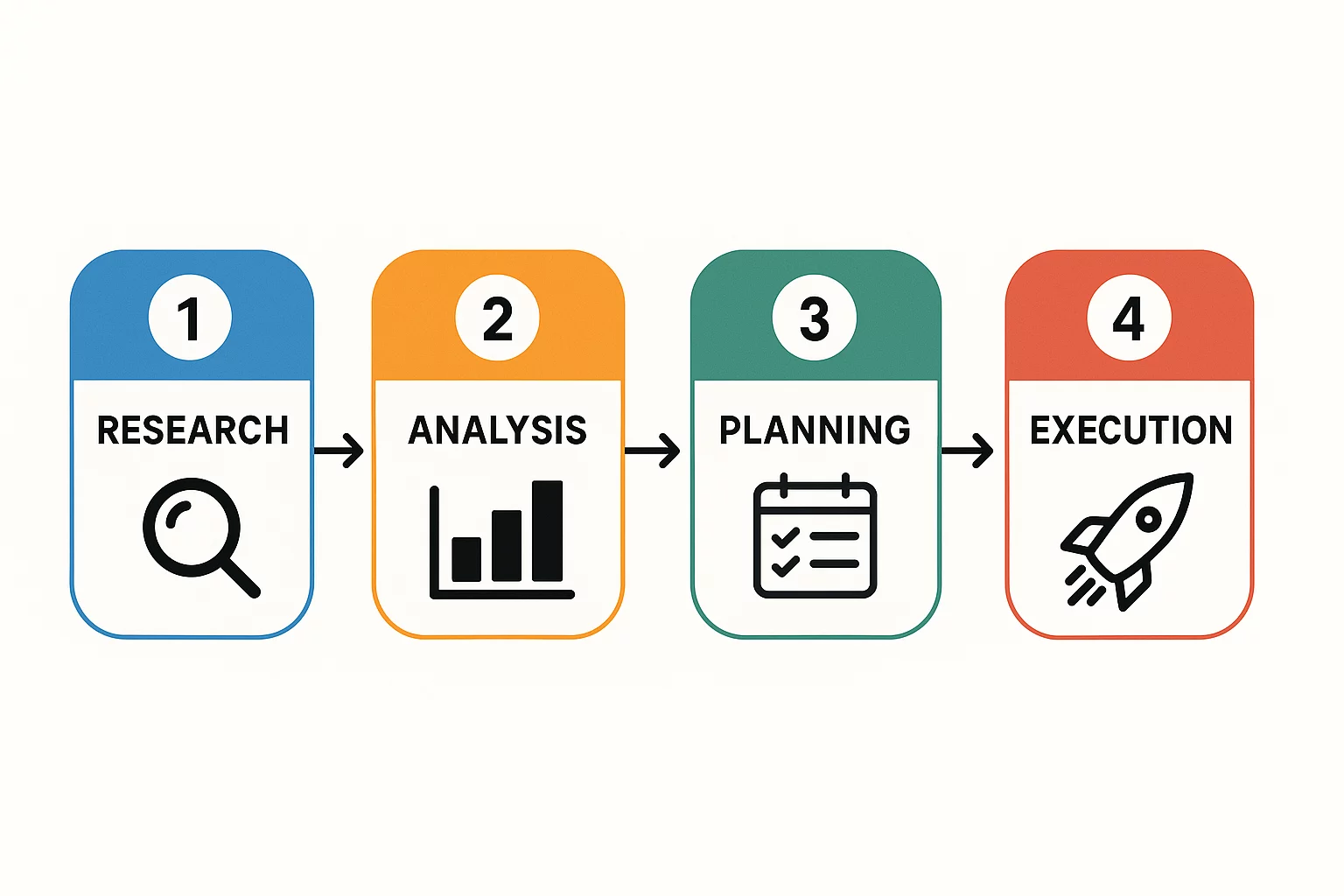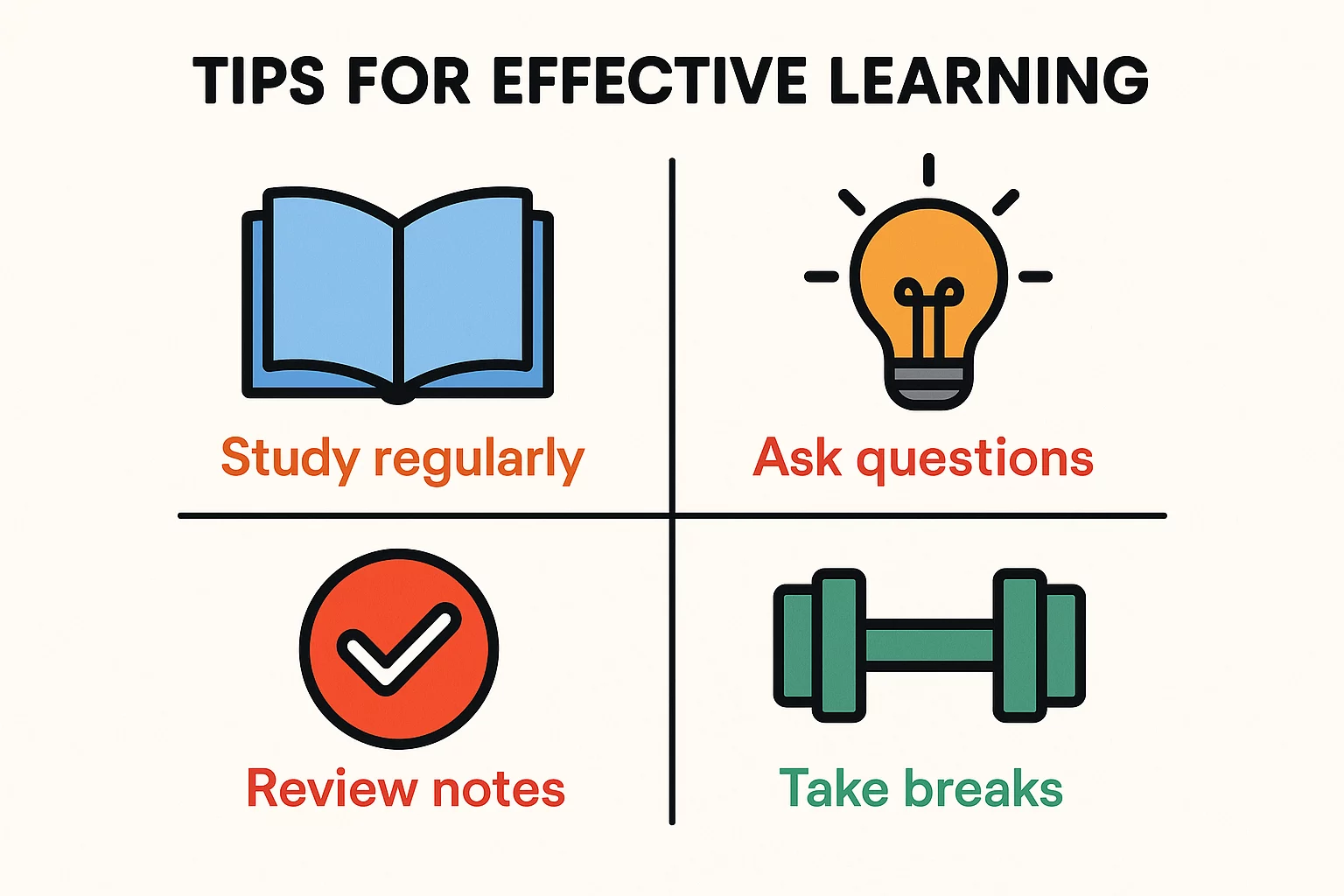The global demand for solar energy is expanding at an unprecedented rate. According to a 2023 report from the International Renewable Energy Agency (IRENA), global solar PV manufacturing capacity is projected to nearly double by 2028. For entrepreneurs or investors entering this market, this represents a remarkable opportunity. However, it also presents a critical challenge: how do you build a factory that can meet today’s demand while being ready for the growth of tomorrow?
Many new factory owners focus entirely on their initial production capacity, only to face costly and disruptive renovations when it’s time to expand. The solution isn’t to build a massive facility from day one, but to design a smart, modular layout prepared for phased expansion. This approach protects your initial investment and ensures your business can scale efficiently as your market share grows.
The Foundation of Scalability: A Modular Factory Layout
A modular factory layout is an architectural and logistical strategy that plans for future growth from the outset. Instead of treating expansion as an afterthought, it’s integrated into the core design. This involves allocating space in advance, planning for future utility connections, and designing material flows that can accommodate additional production lines without disrupting existing operations.

This foresight transforms expansion from a complex, expensive problem into a predictable, streamlined process. You’re not just building a factory; you’re building the first phase of a larger, long-term vision.
The primary goal is to ensure that adding a second, third, or fourth production line feels like a natural evolution of the facility, not a complete overhaul. Achieving this requires careful consideration during the initial stages—a principle central to our project planning process, where foresight is as critical as the machinery itself.
Three Pillars of a Growth-Ready Factory Design
Successful planning for phased expansion comes down to three fundamental areas. Overlooking any one of them can create significant bottlenecks and unnecessary expenses later on.
1. Strategic Floor Space Allocation
The most common and costly mistake is failing to allocate enough physical space for future lines. Industrial real estate analytics show that retrofitting existing factory spaces for new production lines costs on average 40-60% more than allocating the space during the initial build-out. This staggering expense can be entirely avoided with proper planning.
Your initial layout should clearly designate “expansion zones”—empty floor space reserved exclusively for future machinery. These zones should be logically positioned to extend existing production flows. This ensures that when the time comes, new equipment can be installed with minimal interruption to the lines already running. While it may seem simple, this is the most critical decision for long-term scalability.
2. Optimized Material Flow
A factory’s efficiency is dictated by the movement of materials within it. An inefficient path—from raw material storage to the production line and on to finished goods—creates delays and drives up operational costs. A study by the Fraunhofer Institute for Solar Energy Systems found that inefficient material flow in a PV module production line can account for up to 15% of non-value-added time.
When planning for expansion, you must consider how materials will serve both current and future lines. This means designing a receiving and raw materials storage area that is large enough or can be easily extended. The production path itself should follow a linear, logical flow that can be mirrored or lengthened as new lines are added, avoiding layouts where future materials might cross over or interfere with existing operations. Finally, the area for finished goods and shipping must also be scalable to prevent a bottleneck as your output increases.
A well-designed material flow is the factory’s circulatory system, ensuring health and efficiency as the operation grows. This is a core component of the turnkey solar module production lines we design, where we build in long-term operational excellence from the start.
3. Scalable Utility Infrastructure
Your factory’s utilities—electricity, compressed air, data lines, and water—are its invisible backbone. Extending these services to a new production line in an unprepared building can be incredibly disruptive, often requiring trenches to be cut in the concrete floor and existing operations to be shut down.
A growth-ready design solves this by installing a central utility spine with sufficient capacity for your ultimate production goal. During initial construction, extension points for each future line are “stubbed out” and capped off. When it’s time to expand, you simply connect the new machinery to these pre-existing points.

This approach saves significant time, money, and operational downtime. It ensures that your utility infrastructure supports your growth rather than hindering it.
Frequently Asked Questions
For those new to solar manufacturing, planning for an unseen future can seem daunting. Here are answers to a few common questions.
How much extra space should I plan for?
This depends on your business plan and market projections. A common approach is to plan your initial building to house at least two full production lines, even if you only install one at the start. This provides a clear and cost-effective first step for expansion.
Is it possible to apply these principles to an existing building?
Yes, but it requires a thorough assessment of the building’s limitations. An experienced partner can help you evaluate an existing structure for its expansion potential, checking ceiling heights, floor load capacity, and the feasibility of upgrading utility services.
What is the biggest mistake newcomers make in factory design?
The most common error is focusing solely on minimizing the initial upfront cost without considering the total cost of ownership over the factory’s lifespan. A slightly higher initial investment in a scalable design almost always pays for itself by avoiding expensive, disruptive retrofitting projects later.
How does this level of planning affect my initial investment?
Building a shell space for a future line and installing oversized utility mains adds a marginal cost to the initial project. However, that cost is a fraction of what it would take to add the same space and utility capacity after the factory is operational, making it a critical investment in future efficiency.
Your Partner in Building for the Future
Designing a factory for phased capacity expansion is about more than just blueprints and machinery; it’s about building a resilient, future-proof business. It requires a partner with the experience to see beyond the first production line and help you lay a foundation for long-term success.

This strategic foresight isn’t learned from a manual—it’s earned through decades of hands-on experience helping entrepreneurs across the globe bring their visions to life. If you have questions about your own project, we invite you to meet our team of experts who have guided countless projects from concept to full operation.
We welcome the opportunity to discuss your project and help you explore what is possible. Contact us today to start the conversation.
